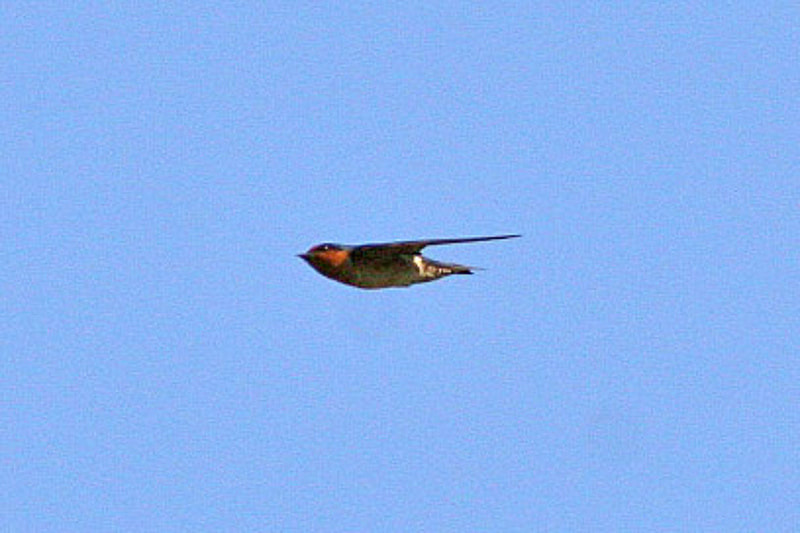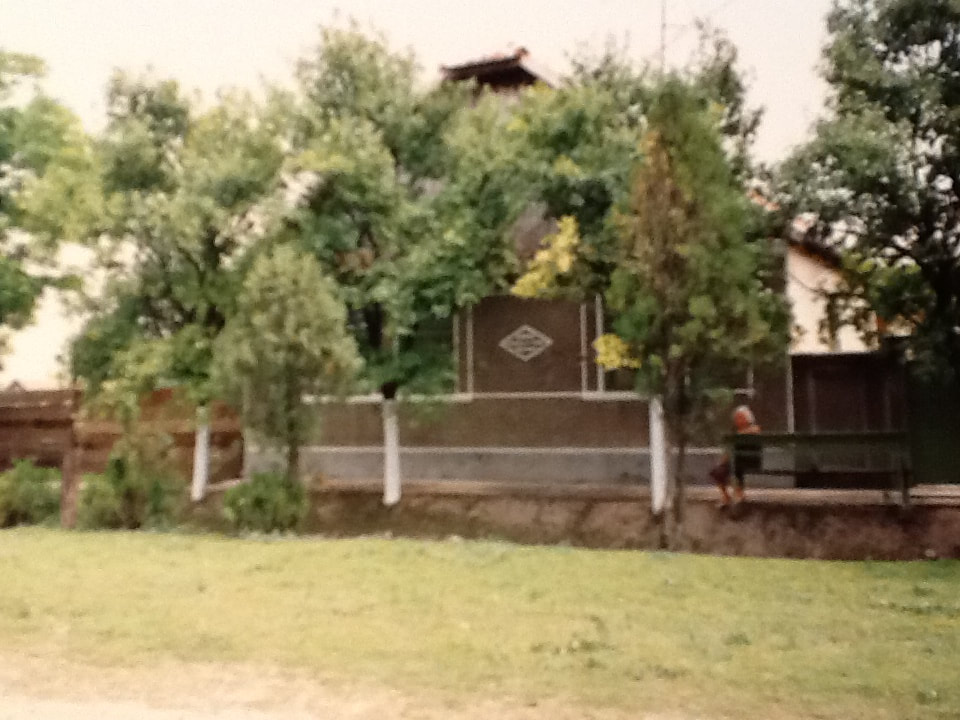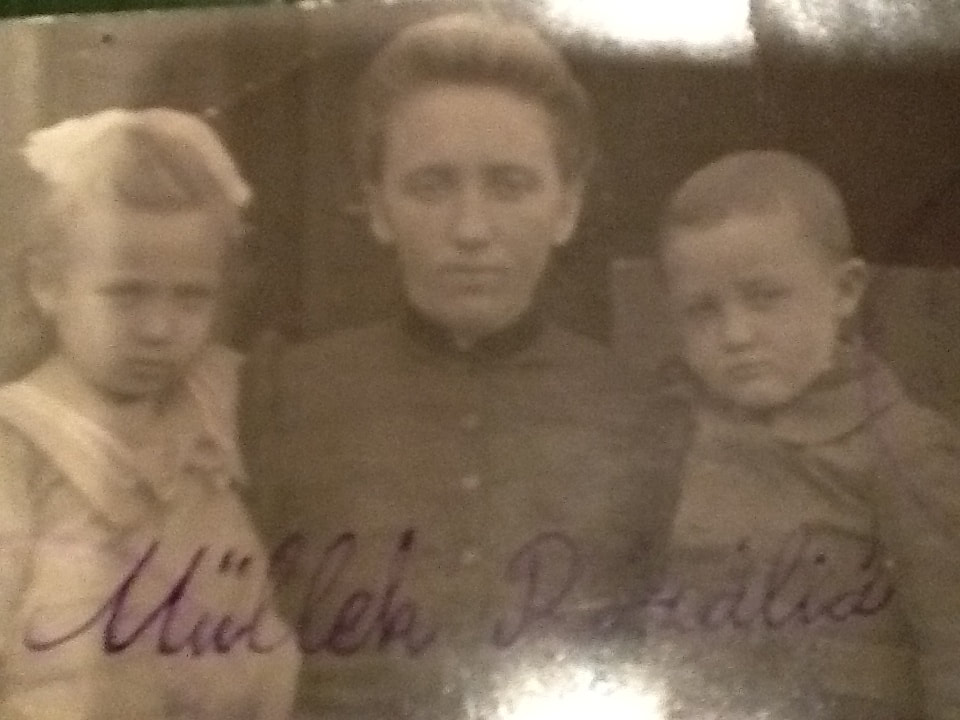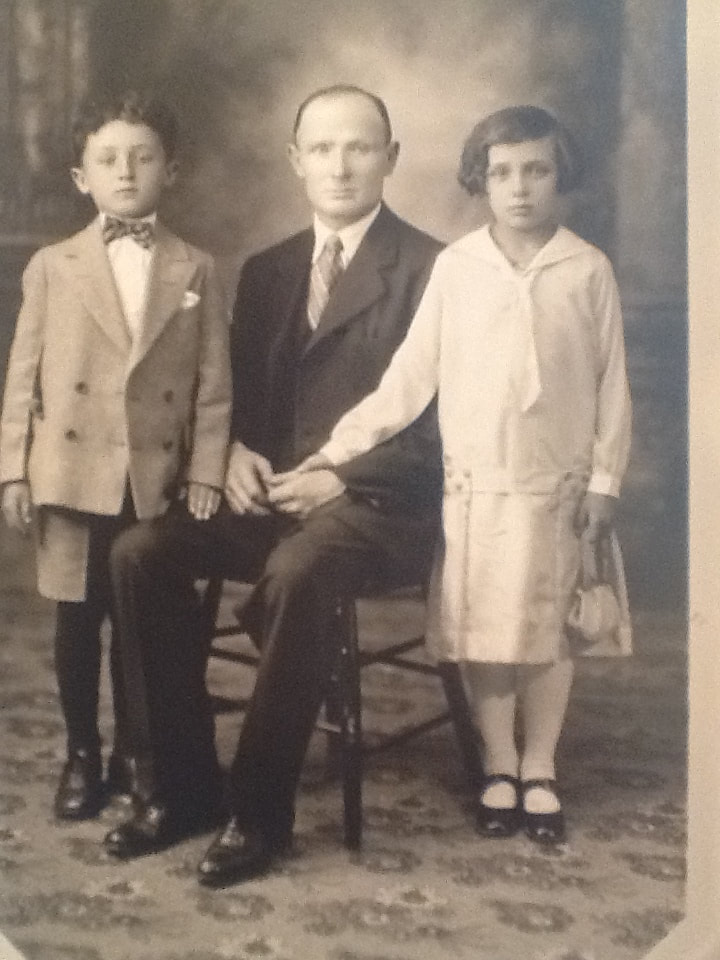|
Gail W. MacDonald
9/10/2018 04:08:46 pm
Midi - I will not comment on your immigration poem because I have a friend married to a Border Patrol officer (difficult job) and also, I don't have the appropriate degree of sympathy for illegal immigrants that these days is considered politically correct. Although the poem is amazing.
Reply
Ein Kind
9/13/2018 05:33:59 pm
That's a mighty fine bit on Opa. Not quite a full autobiography, but interesting nonetheless.
Reply
Leave a Reply. |
Archives
February 2024
|





